
|
Oleander (Nerium oleander). All parts are extremely
poisonous. Fortunately, the bitter taste deters children
from swallowing it.
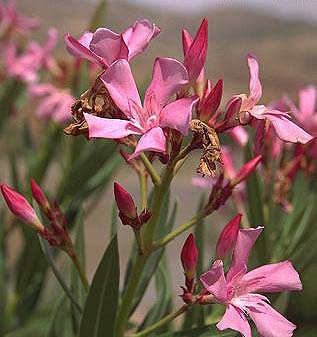
Back to Top
|

|
Opium poppy (Papaver somniferum). Although not as
poisonous as Iceland poppy, the opium compounds in this
plant make it one to be avoided, particularly by
children.
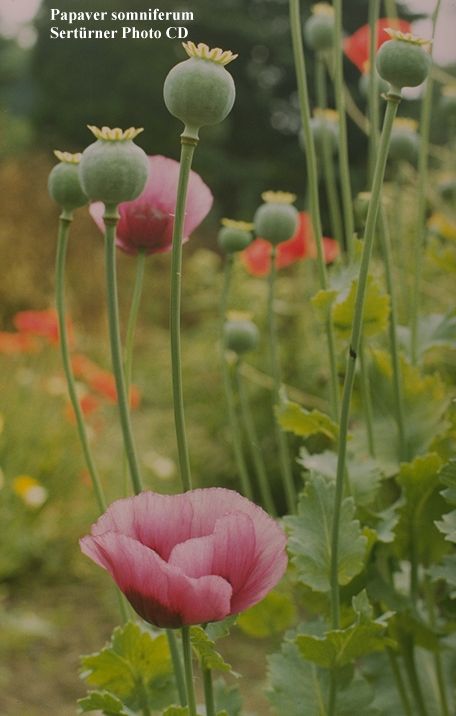
Back to Top
|

|
Peach (Prunus persica). The kernels are poisonous but the
very hard corrugated stone around them is not easily broken,
so they are unlikely to be eaten by children.

Back to Top
|

|
Pepper tree (Schinus molle). The strings of little pink
berries hanging on this attractive ornamental tree seem to
be moderately poisonous, particularly the seed. Note: the
native pepper bush or kawakawa (Macropiper excelsum) has
non-poisonous, but peppery-tasting, orange, fleshy fruiting
spikes.
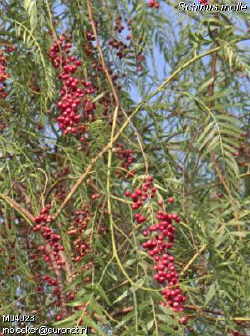
Back to Top
|

|
Persian lilac or white cedar (Melia azedarach). Persian
lilac is deciduous and when the leaves fall the bunches of
poisonous yellow fruits are very conspicuous. A common
street tree in the Auckland and Bay of Plenty areas.
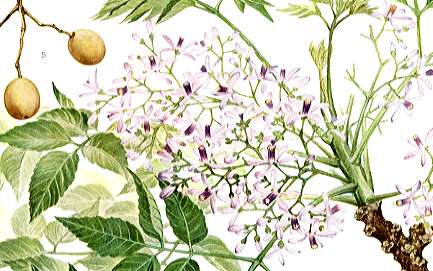
Back to Top
|
|

|
Poinsettia (Euphorbia pulcherrima). This plant is a
spurge, all species of which are poisonous. The milky sap
can burn the delicate lining of the mouth.

Back to Top
|
|

|
Poroporo (Solanum laciniatum or S. aviculare). The
poisonous green or yellow berries should not be eaten,
although when orange and fully ripe they are scarcely toxic
when fresh, and not at all when cooked. The two species of
poroporo are very similar and are only easily distinguished
by the flowers. For practical purposes the two species can
be regarded as one.
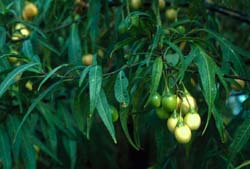
Back to Top
|
|

|
Potato (Solanum tuberosum). The parts most likely to
poison children are the green or whitish berries produced on
some varieties. Potato tubers which are green from light
exposure are also poisonous.

Back to Top
|
|

|
Privets (Ligustrum species). All species have poisonous
black, blue-black or dark purplish berries, which might be
eaten by children. Tree privet (L. lucidum), privet (L.
ovalifolium), and most abundantly, Chinese privet (L.
sinense), are the usual species from the Waikato and Bay of
Plenty northwards.
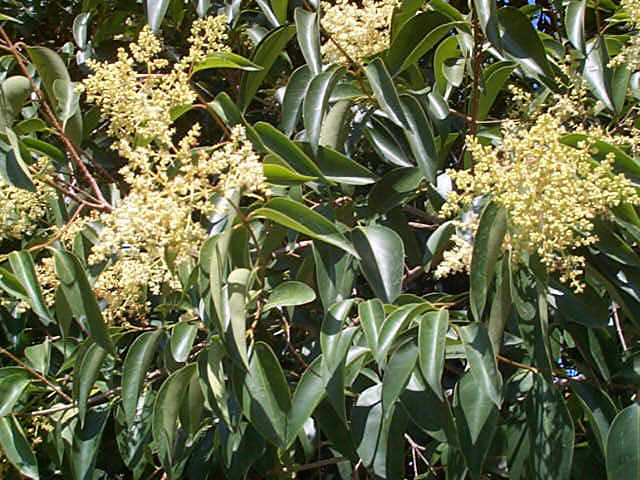
Back to Top
|
|
|
|